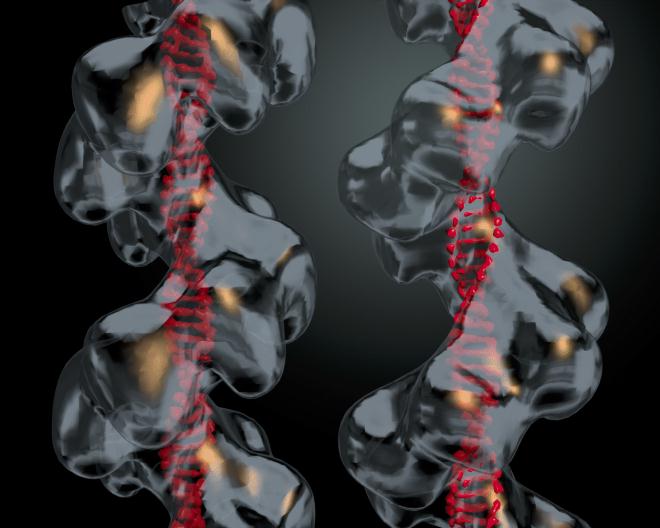
Introduction
Human apurinic/apyrimidine endonuclease (HAP1) is an enzyme that is involved in DNA repair at apurinic/apyrimidine (AP) sites. An AP site is caused by DNA damaging agents and leaves a one nucleotide gap in the DNA. AP sites are frequently found do to things like UV-light, and are mutagenic. HAP1 introduces a hydrolytic cleavage 5' to the AP site. DNA Polymerase then comes in and fills in the nick. There are many other proteins involved in this pathway, but for simplicity I will not talk about them. HAP1's structure has been studied very little, one solved structure to date, but it is somewhat biochemically understood. The reason I choose this protein was because it is involved in the ubiquitous process of DNA repair. Without understanding this protein, how can we understand different cancers and diseases that are associated by DNA damage/repair.
HAP1 is a monomeric protein that is in the form of an alpha/beta sandwich. MMM, sounds good. Well, this protein not only functions for AP exonuclease activity; it has a little more flavor than that. It is little understood, but it has been shown that HAP1 also has 3'phosphotase activity and RNaseH activity. It might even function as an activator of c-Fos and c-Jun. HAP1 requires the use of Magnesium in order to function properly. It is found bound in the middle of the active site and the DNA binding domain and is thought to stabalize the protein in the process of cleaving the DNA.

[Home] [DNA Binding] [Active Site] [Conclusion] [Refrences]